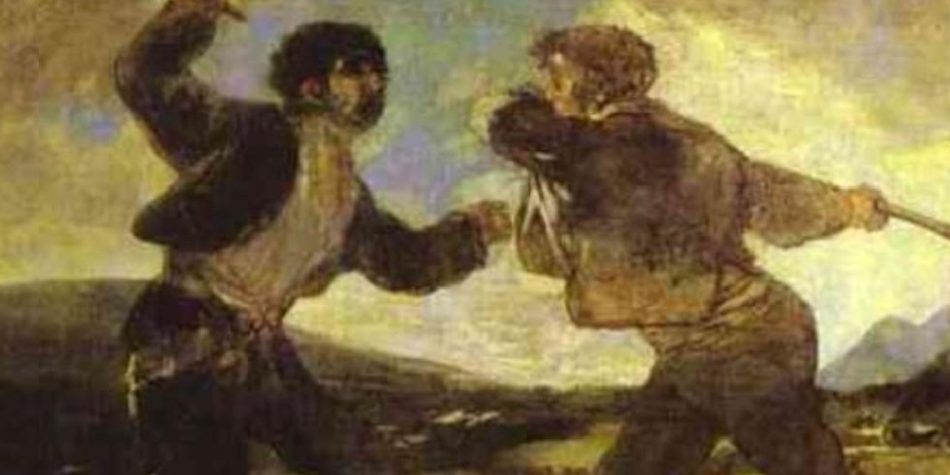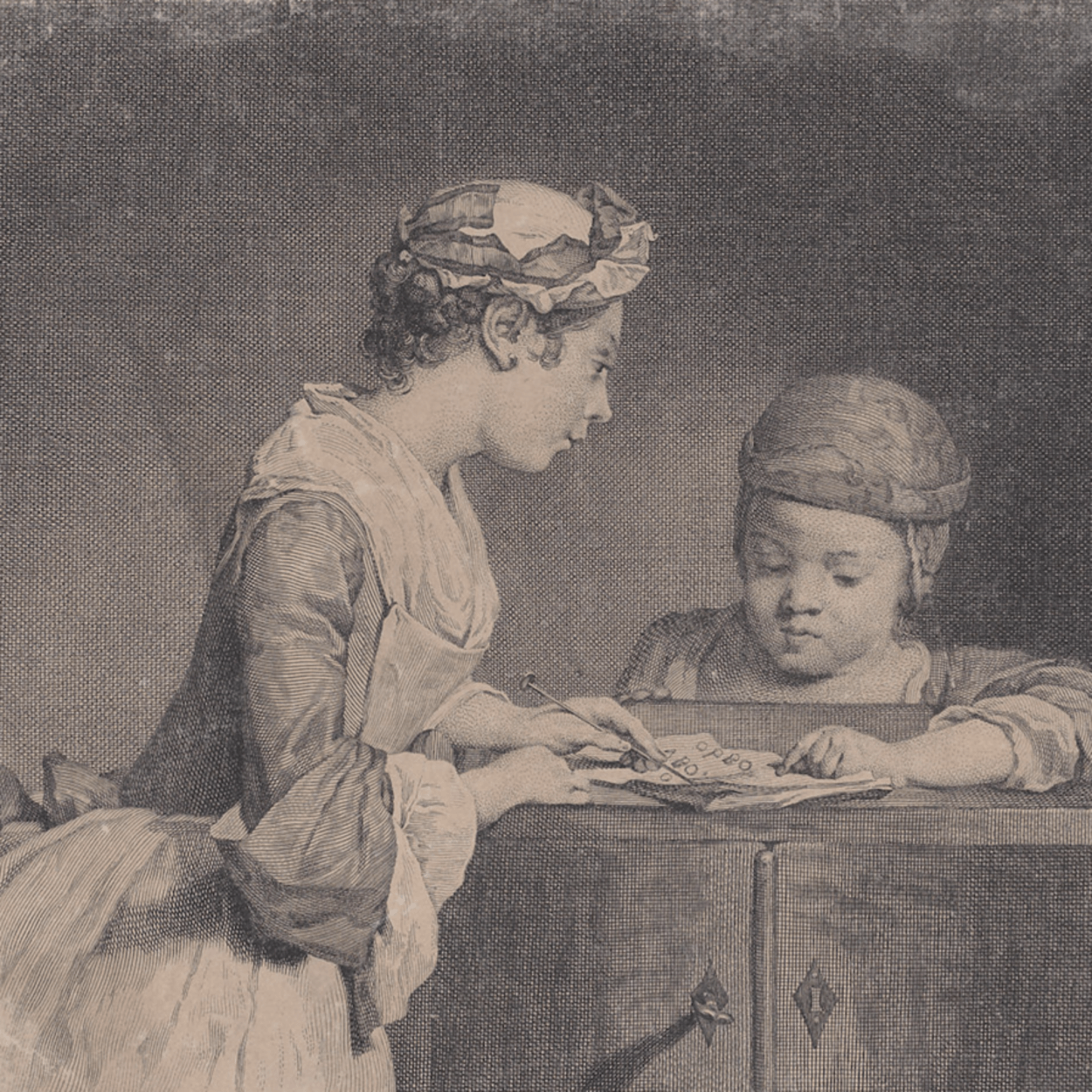The shooting in Buffalo Saturday was heartbreaking on every level. People walking to their hometown grocery store, stocking shelves, providing security. Gunned down in the middle of their own multifaceted lives. Scrolling through the faces of victims, ranging from 32 – 86, you can’t help but appreciate the beauty and goodness in their countenances. Fathers. Mothers. Teachers. All, our brothers and sisters.
We mourn with the wounded and the families of the victims. This attack especially hurts because of the clear racial hatred motivating it. But it was far from the only violence in America this weekend. Ninety-four other shooting deaths took place over the same weekend. In fact, it wasn’t even the only hate crime shooting this weekend. A church was also attacked in California, with police currently believing it was motivated because of the nationality of the congregants. There are obviously other kinds of violence happening with less media attention: an estimated 700,000 children are abused annually in the U.S alone, millions of partners battered, and other violence from sexual assault and bullying. Since Columbine, 320 schools have experienced shootings—leading to 163 deaths of children, educators, and other people, and 366 injuries, according to Washington Post data.
The Book of Genesis states that in the days prior to Noah, the earth was “filled with violence.” When you add to U.S. violence the mounting toll of aggression overseas, it sometimes feels like we’re starting to get there too.
Among all the words we use to describe such violence, one of the most common is “senseless’— as in, there’s no way to truly and fully make sense of such barbaric acts. That’s absolutely true. But we have to try. As self-interpreting creatures, we human beings cannot help but try to make sense of and “narrate” what’s happening moment by moment. That’s true of small things—and it’s equally true of profound, life-altering events. We need ways to understand and find meaning in what’s happening—to bring order to our lives, find comfort, and know what to do next. It is also important to understand the causes of violence to help resolve them and “proclaim peace” as commanded in scripture.
When it comes to violence, it’s clear from the research that there are many potential factors involved. Too often, however, we hear simplistic—often politically motivated—narratives. Each time there is another tragic mass shooting in America, for instance, there are certain explanatory stories that we tend to hear—and others that are rarely considered. The earth was “filled with violence.”
1. Gun availability. The easy availability of weapons is perhaps the most common explanation—and among the first things people logically turn to to make sense of why an act of violence has taken place: Where did the person purchase the weapons? Were they acquired legally—with proper background checks? (In this case, yes.) If so, what further legislation might be needed to better control the flow of weapons?
While many now take for granted that the presence of more weapons heightens the risk of violence (with associated activism about stricter gun control), a strong segment of Americans believe otherwise—insisting that an armed population is among the best protections against violence. Many have noted that this is one thing Russia had not planned for in its invasion strategies for Ukraine—the possibility of having to face an armed population that did not welcome their incursion as “liberation.”
2. Group-based hatred. Another increasingly common explanation for violence is underlying animosities that may exist between an aggressor and members of another group—across differences of race, nationality, gender, sexual orientation, religion, etc.
On some level, of course, hatred and hostility of some kind arguably underlie all acts of aggression—but this explanation draws attention not simply to hatred from one individual to another, but rather, for one individual to an entire group of people.
For instance, the Buffalo shooter’s manifesto makes painfully clear his own racial paranoia about “white genocide” and his hatred of minority groups—detailing how he traveled to a zip code that has the highest percentage of black people close enough to where he lives and planned to kill as many black people as possible.
3. Mental illness and instability. Virtually everyone willing to take another person’s life has shifted into another mental space. And in the case of Buffalo’s shooter, there are emerging reports of his own instability—implicit in earlier COVID-19 paranoia, arriving in school wearing a full hazmat suit to class.
In order to avoid stigmatizing others who grapple with mental and emotional health, there is typically far less attention to this—brought up especially among commentators on the right, pushing back on guns as the primary variable of action.
4. Structural and cultural inequality. Many who examine the underlying causes of violence point to issues such as poverty, or unjust laws targeting specific groups in more systematic ways. This has become more and more common as an explanation in popular discourse. Some peace scholars argue that attitudes and structures prioritizing one group over another are so directly tied to violence that they cast the inequalities as enacting violence themselves.
These theories see violence as being used to enforce inequalities, as the Buffalo shooter was attempting to do, but also as a likely reaction to long-term inequality by marginalized groups.
5. Religious radicalization and rationalizations. Although fairly rare in modern crime statistics, there have been acts throughout history where perpetrators claimed to be acting under God’s command. The Lafferty murders again in the national spotlight, the brothers insisted they felt impressed to carry out the attacks as the “arm of God” (a rationale that prosecutors in the case argued was an excuse and pretext for a crime of passion and revenge).
Although rare, there is clearly great interest in religious rationales given by killers for violence—far more than other factors that are much more prevalent. The 9/11 attacks are the most obvious example of wide-scale violence perpetrated by radical extremists—with it popular to point back to the Crusades as an earlier historical example. Believers today are quick to underscore how much any and all such attacks reflect a perversion of sacred teachings across all faiths.
6. Media socialization. It used to be more common to hear people reference violent video games as playing a role in socializing real-life violence (something backed up by solid empirical evidence). Today, it’s more common to hear concerns about radicalization happening via social media and exposure to other examples of violence. In the Buffalo killer’s manifesto, he wrote about his admiration for previous mass killers and said that he took as a particular inspiration the man responsible for a 2019 mosque massacre in Christchurch, New Zealand.
7. Early abuse and bullying. Media is clearly not the only (or strongest) socializing factor. And it’s not uncommon to hear emphasis given to violence experienced by a perpetrator either at the hand of classmates or within their own family growing up.
8. Social isolation fueling delusion. Since Columbine, there has been some attention to the social isolation of many who engage in violence. Although that has turned out to be exaggerated in some cases, there is a clear and historical empirical picture connecting the two variables.
In the recent Buffalo shooting, several classmates have reported, “He was always very quiet and never much said anything,” and had grown more reclusive over the years since one student met him in elementary school—in part, at least, due to COVID-19 lock-downs, as his family claimed. Another classmate described him as “definitely a little bit of an outcast … He just wasn’t that social.”
9. Substance-induced volatility. The way in which alcohol and illegal drugs can remove inhibitions is tragically well known—showing up in countless family stories from children growing up with alcoholic fathers, as well as criminal cases involving stimulant drugs, especially cocaine, crack cocaine, methamphetamine, amphetamine, and spice (PCP, LSD, Ecstasy, and marijuana can also induce aggression).
It’s estimated annually that as many as 90,000 domestic violence deaths worldwide happen under the influence of alcohol—with alcohol or drug use involved in 40-60% of family violence cases. And one study found that 75% of individuals who begin treatment for substance abuse report having engaged in physical assault, mugging, using a weapon to attack another person, and other violent crimes. Like a good detective, it seems important to keep all available interpretations before our eyes.
10. Family dissolution. It’s not common to hear media outlets citing family background as a predisposing contributor to a certain act of aggression. Yet it’s fairly uncontroversial among researchers that children who experience divorce tend to have an increase in antisocial behavior and aggression, among other things. For instance, one recent study of hundreds of teens found that “parental divorce was significantly associated with more physical and verbal aggression and anger and hostility in adolescents.”
Research studies place the percentage of mass shooters coming from homes with unmarried parents as high as 90%. And among all gun violence, family factors even more prominently. 53% of shootings in the US occurred as part of domestic violence.
Of course, divorcing parents can continue to provide nurturing homes for children—even if they must work harder to do so.
11. A dangerous void of meaning and purpose. A final influence that hardly ever comes up in public conversation is a sense of meaning, purpose, and spirituality. Far beyond mere mental instability, Graeme Wood writes in the Atlantic highlights a moral instability in the Buffalo killer, with “nearly every page of the Buffalo manifesto evidence of profound moral deformity.”
On many levels, religion and faith communities have proven to bolster a sense of meaning, purpose, and transcendence, that can not only restrain baser impulses—but integrate people into a community where better inclinations are socialized.
Interpretations and implications. Of course, there are more influences than even these eleven —but that’s really our main point. Especially given the escalating incidence of violence today, it is our belief that a public conversation attending to all the many potential factors will be better positioned to shape an effective response—compared with one selectively oriented on only a handful of such factors.
In the case of the latter, our public conversations will almost inevitably bounce between competing partisan solutions: “better gun control could solve this!” vs. “no, if we only provided better treatment for mental illness, none of this would be happening.” By broadening our focus, perhaps we can acknowledge a role for many different kinds of steps—and pursue a more comprehensive response that not only acknowledges the complexity of influences but also stands a better chance of staunching the growing tide of societal aggression. Rather than deprioritizing and minimizing family and faith as potential protective factors, this kind of response would rightly see them as more central to the solution.
















